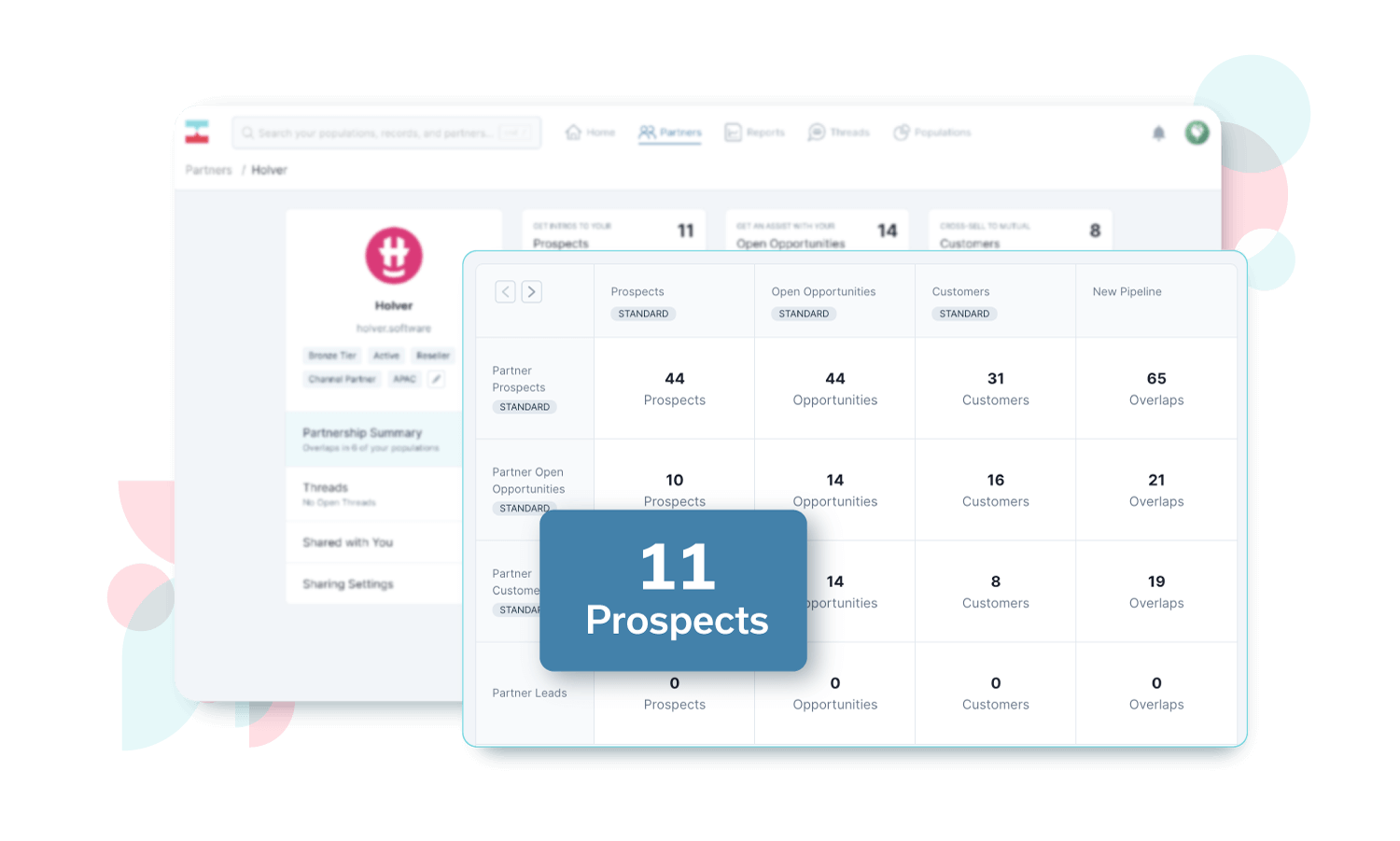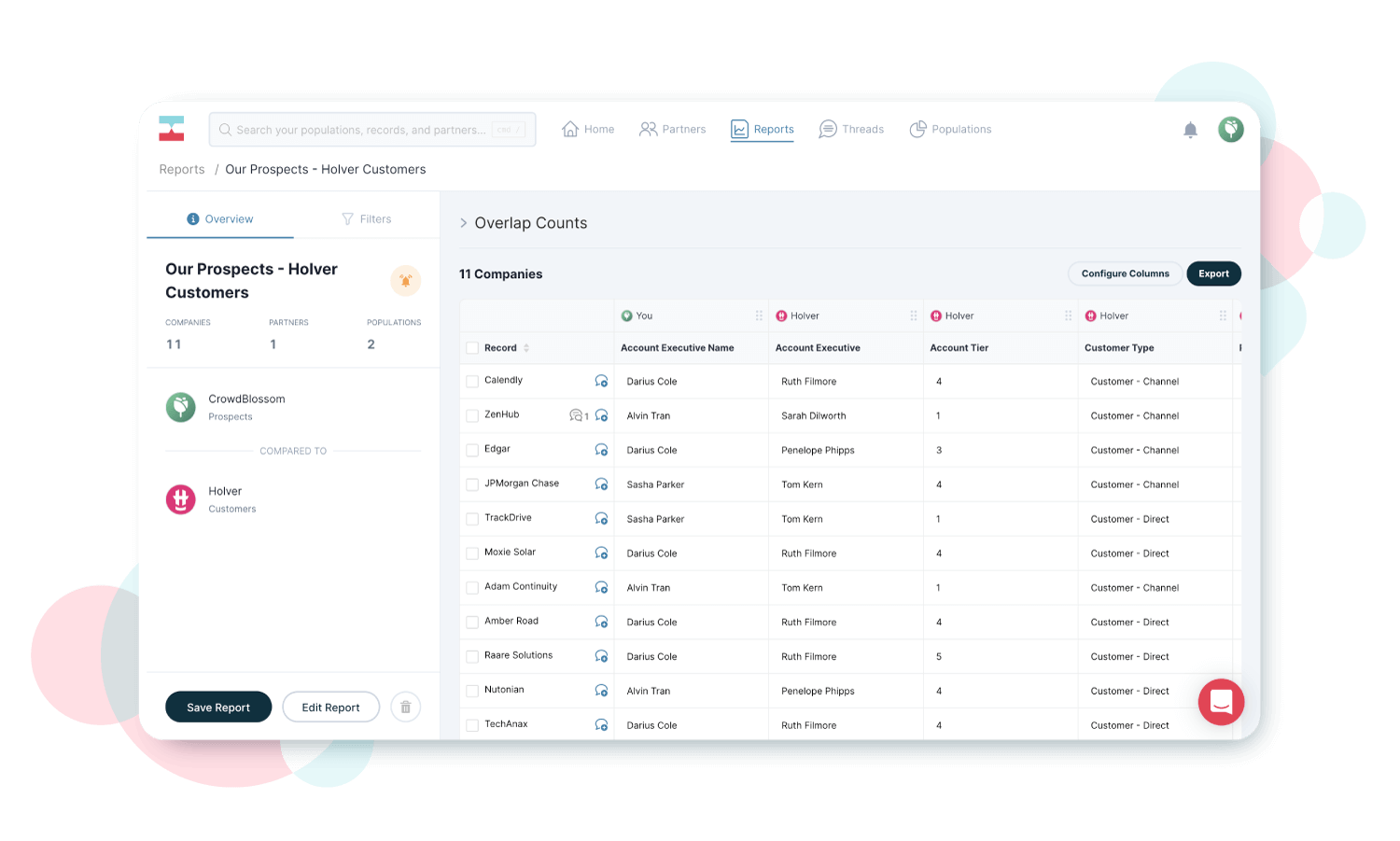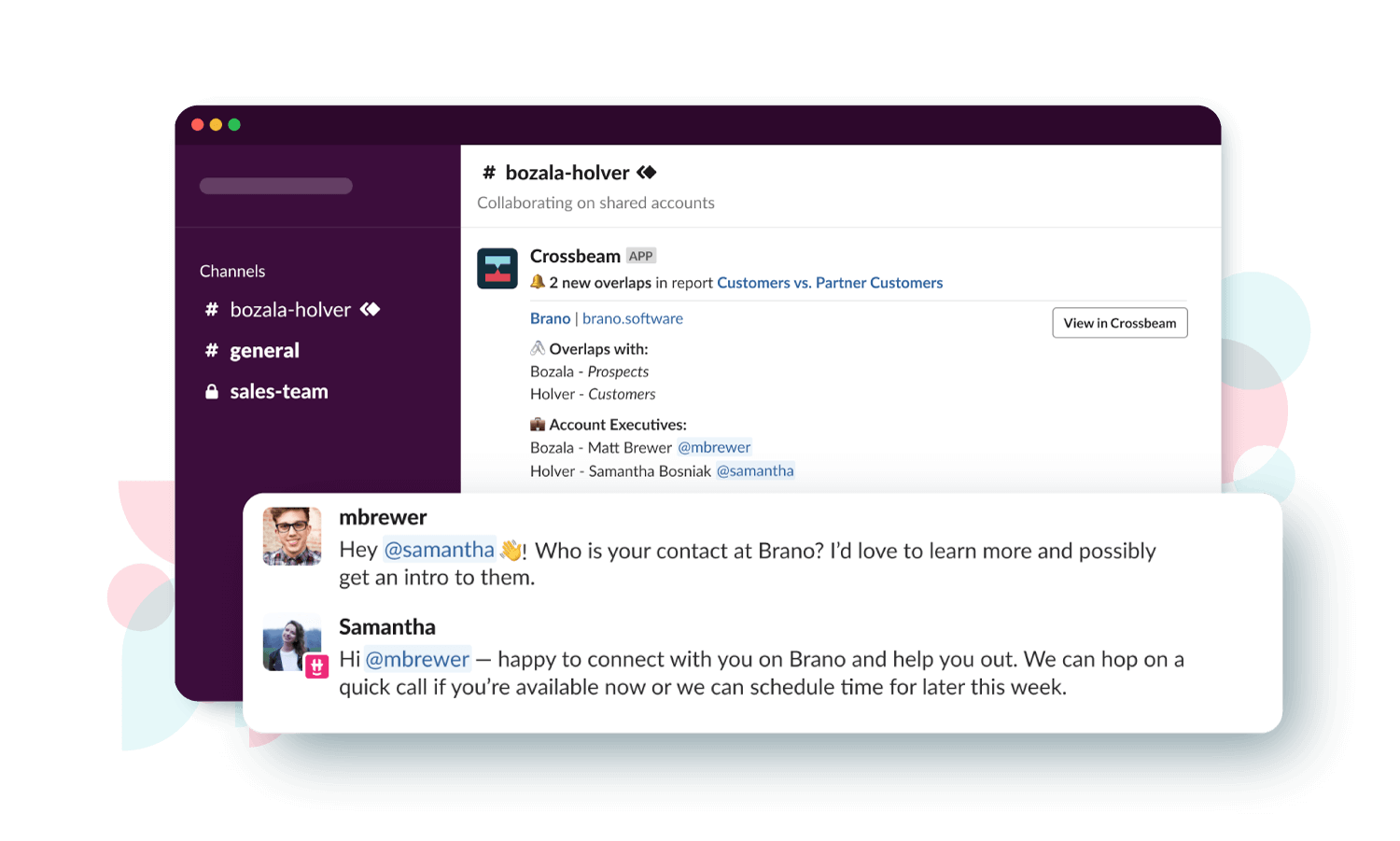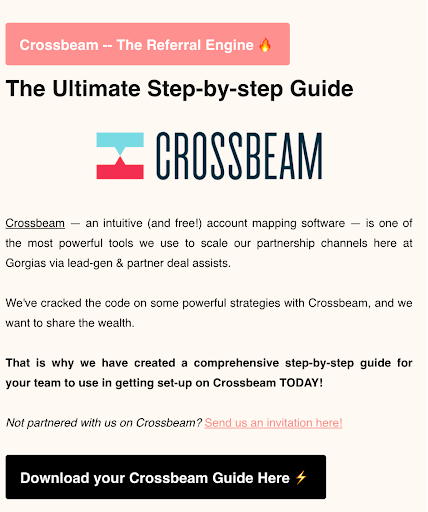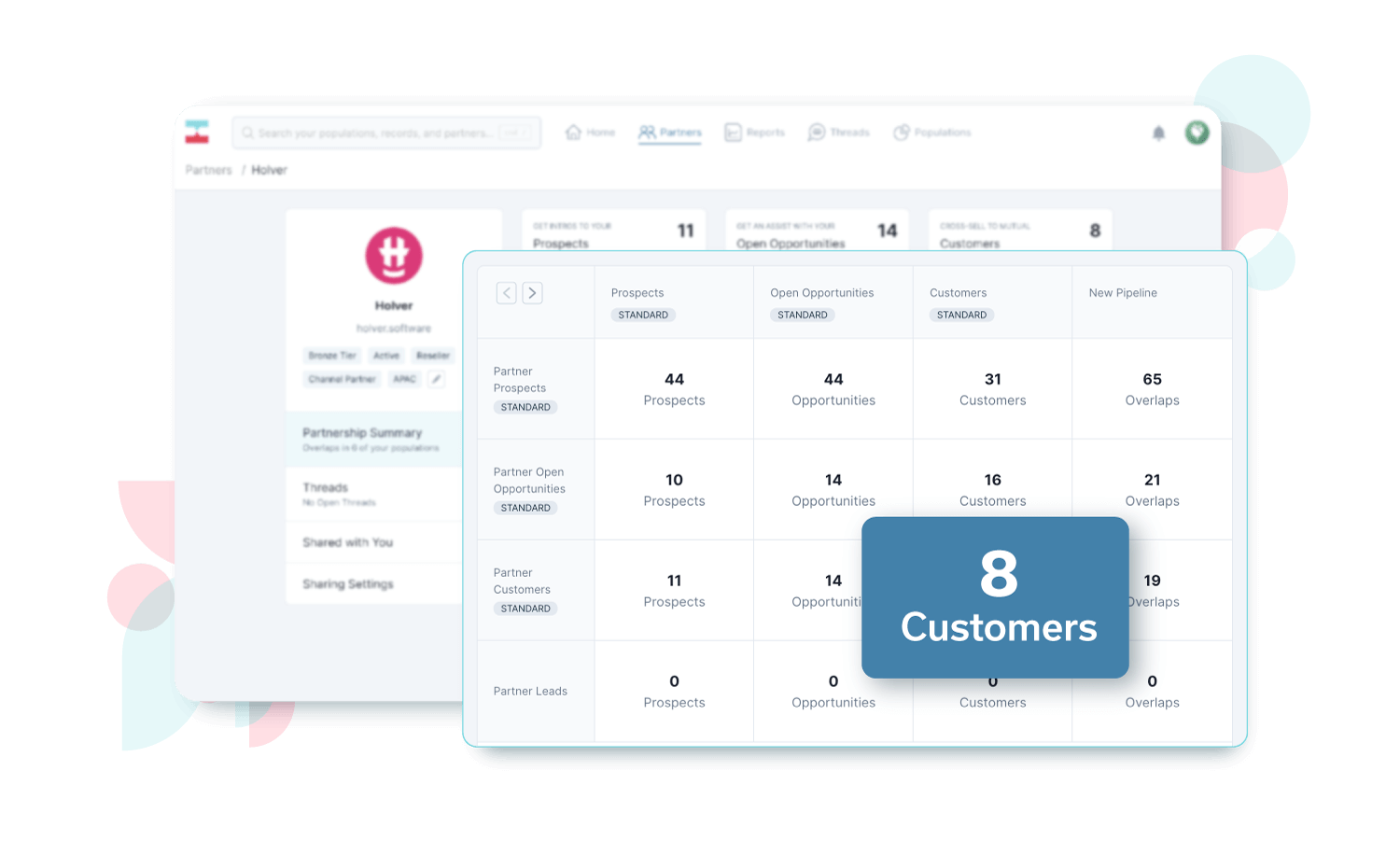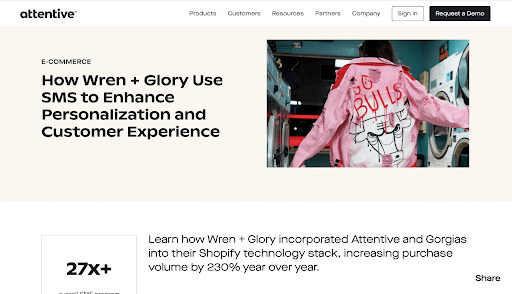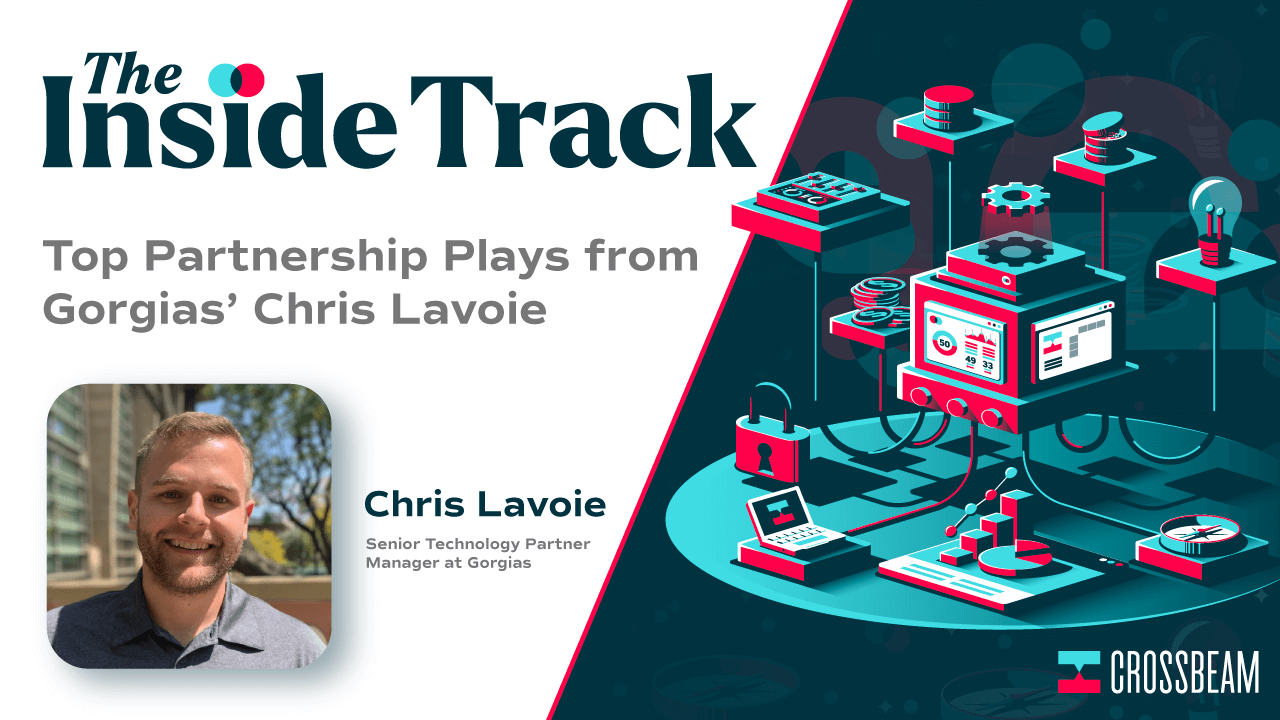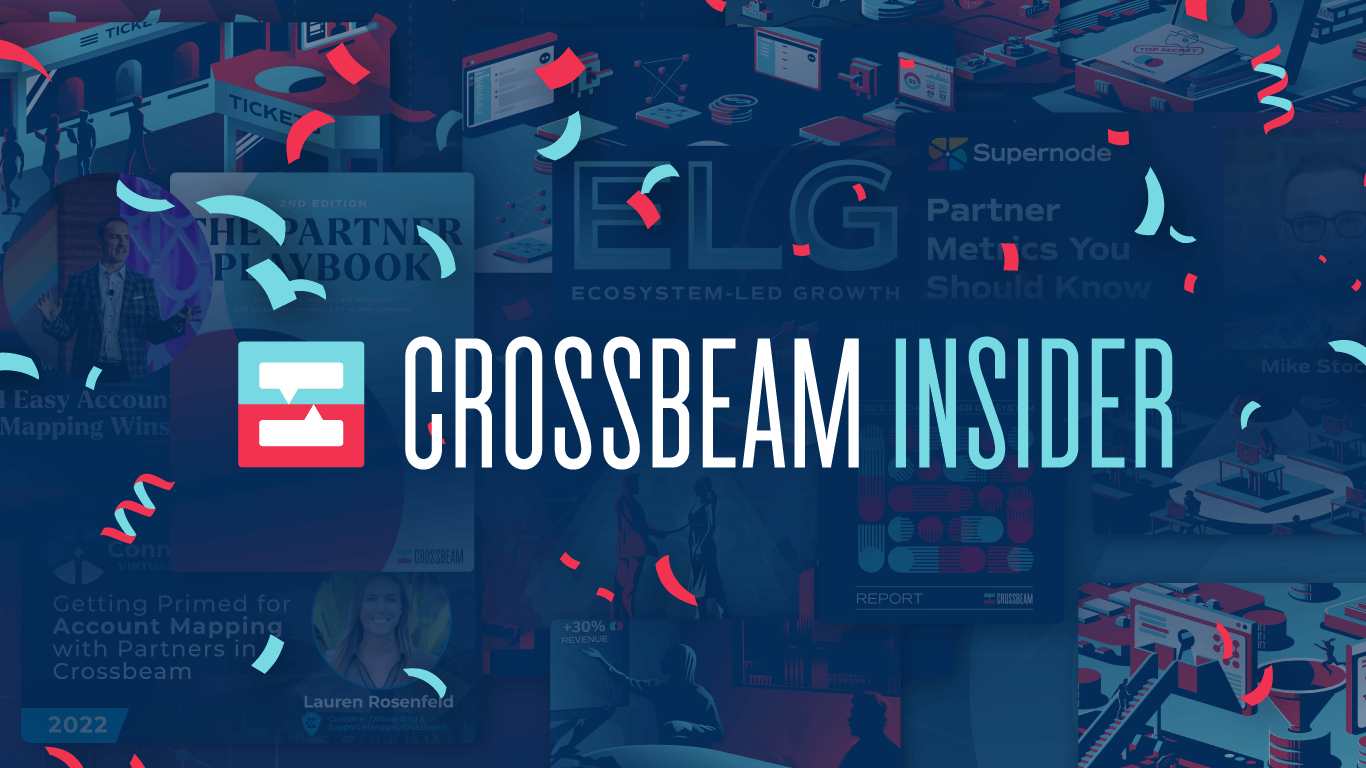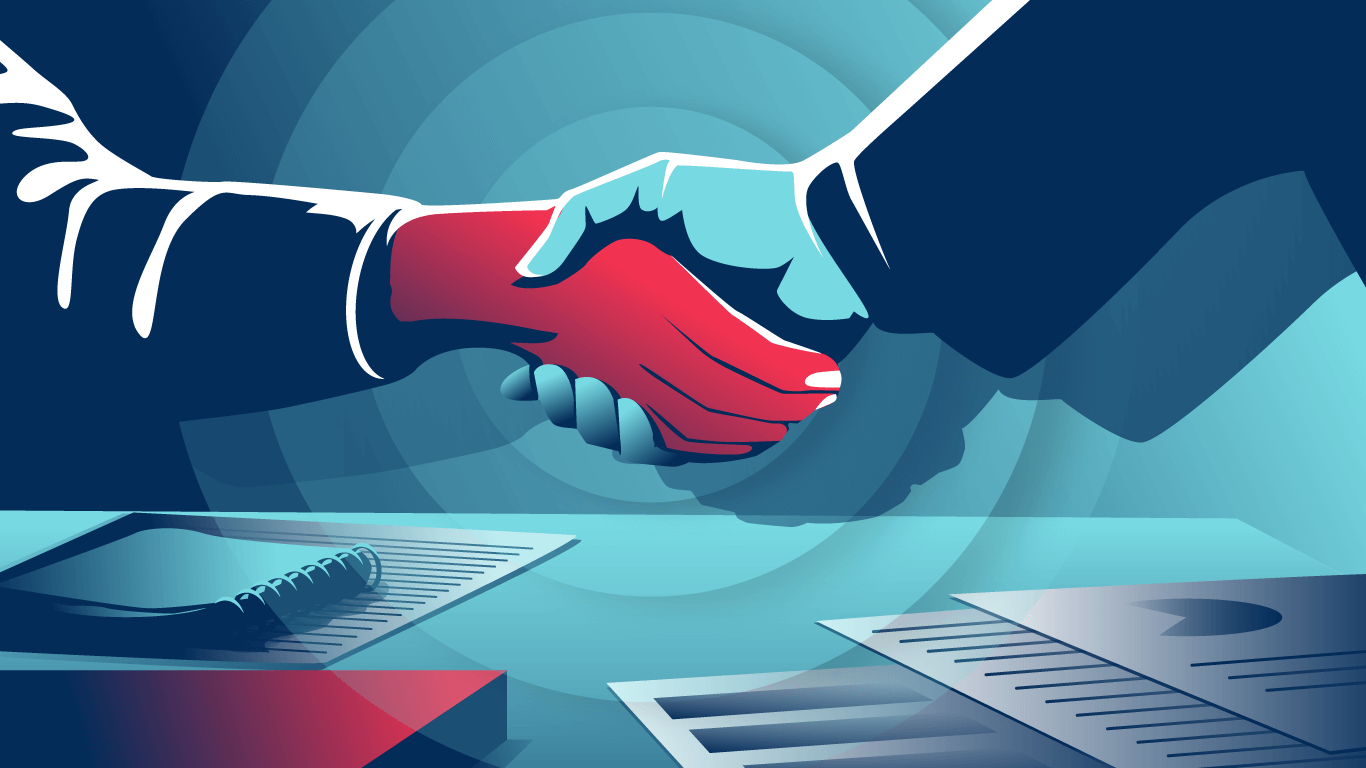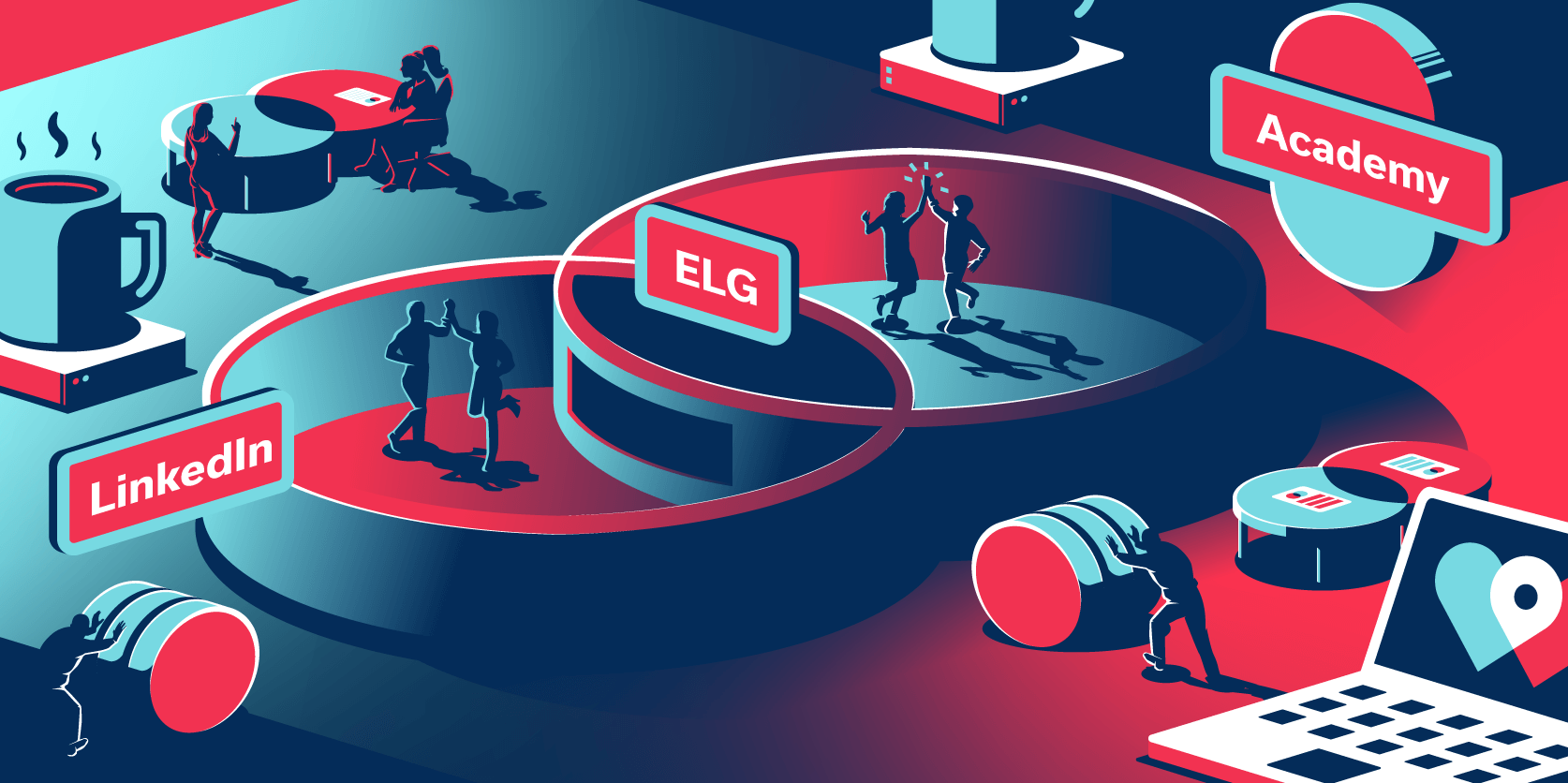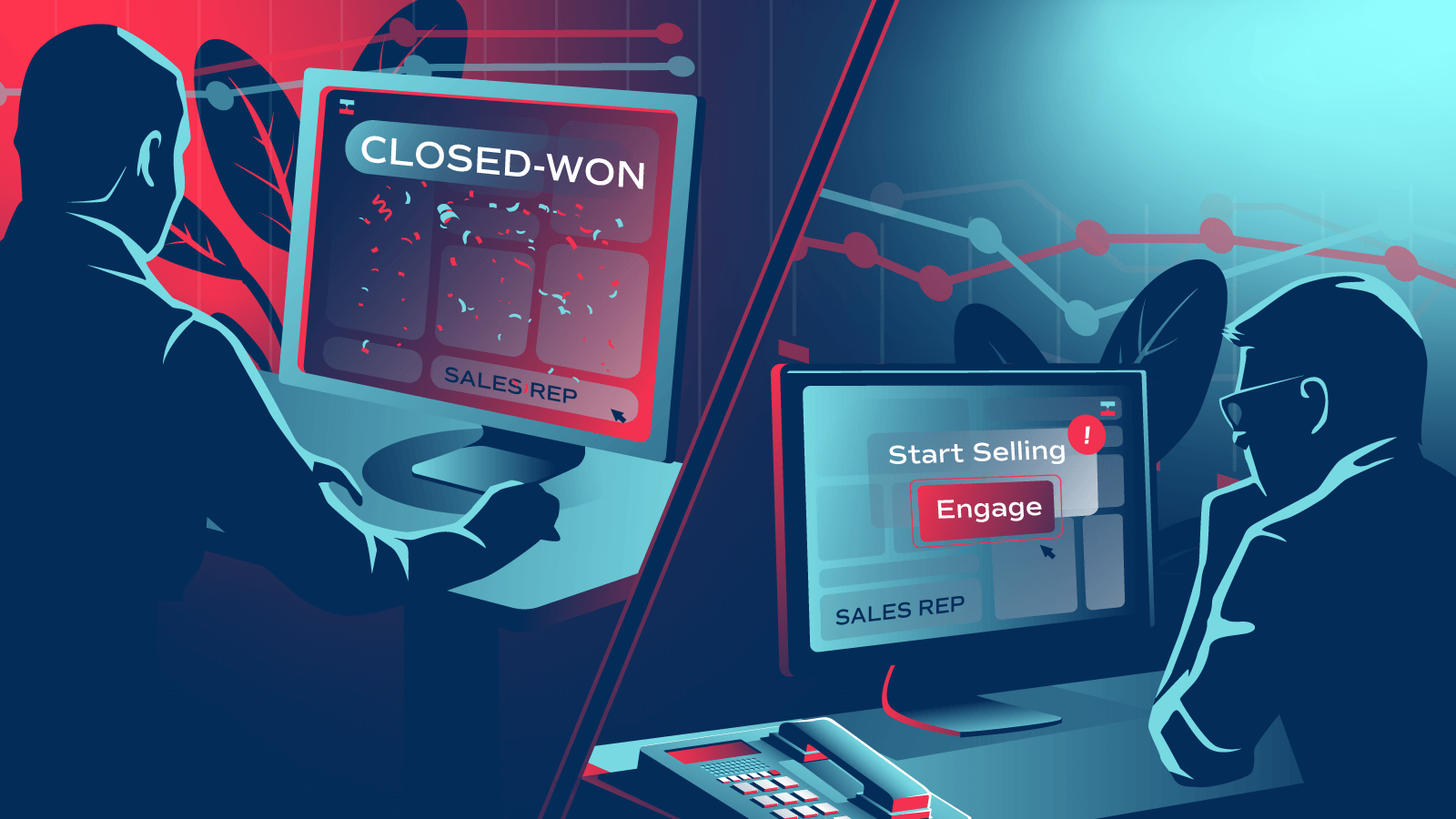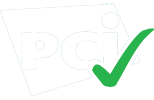Case Study
How to Increase Your Tech Partner Program’s Revenue by 30% (And Be a Joy to Work With)
From sourcing referrals to building partner-influenced pipeline, explore Gorgias' six plays for driving Ecosystem-Led Growth.

2019
Technology and agency partner programs
420+
15+
- Sourcing partner referrals
- Collaborating with partners on co-selling motions
- Driving partner-influenced deals
- Automating attribution
- Identifying customers for joint case studies
Having a tough time getting the attention of your partners and your internal teams? It might be because you’re making it too hard for them to work with you.
Put yourself in their shoes: “If people come to you with a long-winded ask and it’s not clear how to execute it, you’re not going to do it,” says Chris Lavoie, Senior Technology Partner Manager at Gorgias, a leading e-commerce customer service helpdesk platform.
Lavoie’s partnership philosophy is rooted in simplicity (and brevity). He says to make it as easy as possible for your partners and your internal teams to fully buy in to what you’re doing. Remove all ambiguity, cut extra steps — and the “Yes’s” will follow.
The partnerships team at Gorgias adopted Crossbeam, invested in Partner Cloud integrations like Crossbeam for Slack, and dedicated time to setting up co-selling guidelines, templates, and automation to help their sales team and tech partners quickly see value from Gorgias’ partner program. Suddenly, Lavoie was getting a resounding “Yes” from every direction, internally and externally.
Within eight months, Crossbeam helped influence 30% of Gorgias’ revenue growth from tech partnerships. But that’s not all — the uptick in partner-influenced revenue also allowed Gorgias to grow its partnerships headcount from 8 people to 18 in less than a year.
Today, partnerships account for nearly 50% of Gorgias’ revenue — and they’re just getting started.
“Because we had such great success with revenue on the partnership side, it added fuel to the fire to add more partner managers to try to tap into all the potential markets…expanding internationally, having more presence in EMEA and APAC,” he adds.
How did Gorgias get here? By being incredibly thoughtful about their Ecosystem Ops and running a unique set of plays. In this case study, we’re laying them all out for you so you too, can continue growing your own partner program.
Let’s begin.
Play #1 – Implement a No-Nonsense Referral Exchange Process
When entering a new partnership, Lavoie sends referrals to his partners right out the gate to build trust and add value early on. “If I’m going to a partner asking to exchange referrals, then I’m going to make it as easy as possible,” says Lavoie.
He does so with this two-step referral exchange process:
Step 1 – Build Account Mapping Reports in Crossbeam (And Refine Them with Filters)
The Account Mapping Matrix in Crossbeam gives the Gorgias partnerships team a single view of all the potential opportunities with a partner. Gorgias and its partners will typically begin their conversation reviewing their Account Mapping Matrix. Then, they’ll click into various boxes of the matrix to run detailed reports and apply filters based on data available in their HubSpot CRM.
For instance, Lavoie and his partner might run a report in Crossbeam comparing their customer and prospect populations, and then filter the resulting overlaps to produce a shortlist of strategic accounts for Gorgias to get warm introductions to (and vice versa).
“We’re really enjoying the filter capabilities on the populations and the reports because it helps us refine our list down,” says Lavoie.
“We can refine a list of thousands of potential accounts down to a list of hundreds or less to make it more probable that both partners can swap referrals…to make it super easy, I will build the target list for my partner and for myself,” he says.
For example, one partner asked Lavoie to narrow down Gorgias’ customer population using this criteria: all accounts that have $1-$25 million in gross merchandise value (GMV), more than 50,0000 Instagram followers, are on Shopify Plus, are only in North America, and are in the fashion and beauty industry.
“Because we have such an enriched customer database, in a matter of seconds, I trimmed our 7,000 customers down to less than 100 target accounts for my partner, all in Crossbeam,” says Lavoie.
It made it that much easier for the partner to handpick the specific accounts Lavoie could provide warm introductions into (and vice versa).
Partners will ask in amazement, “How do you get all of this data so quickly?” and Lavoie will instantly say “Crossbeam.” Just one or two of these account mapping exercises is usually enough to convince a partner who is on the fence about joining Crossbeam.
Step 2 – Give Your Partner Two Pre-Written Email Templates
Once Lavoie and his partner identify which accounts they’d like to swap referrals for, he’ll give his partner two email templates to use to facilitate a warm introduction.
- Email Template #1 – Gauge the Account’s Interest in the Integration
Lavoie gives his partner a pre-written email they can use to contact their customers about Gorgias. It includes a brief description of Gorgias, use cases of their joint integration, a special offer, and then a call-to-action asking the customer if they’d like an introduction to Gorgias. - Email Template #2 – The “Actual” Introduction
If the customer agrees to getting an introduction, the partner will use the second email template to actually make the introduction. “It usually includes something like, ‘Per our conversation, happy to introduce you to Chris over at Gorgias.’ I’m basically removing all friction for partners to commit to this,” says Lavoie.
Play #2 – Share New Overlaps with Your GTM Team and Your Partner’s in Slack Connect
To streamline collaboration, Gorgias has designated Crossbeam for Slack Connect channels with a select group of partners. Each channel receives automated notifications when new overlaps occur in specific Crossbeam reports, and account executives are also instantly alerted with Slack Mentions.
“Our interest in activity with Crossbeam has skyrocketed since the Slack integration came into play,” says Lavoie. “The Account Executive Mentions in Slack is huge. It has streamlined the process and made our AEs more proactive about seeking influence from partners on bigger deals.”
Here’s how Lavoie sets up and manages each Crossbeam for Slack Connect channel:
- Name the channel (and be consistent): “Crossbeam<>Gorgias and [Partner Name]”
- Subscribe the Slack Connect channel to notifications for two Crossbeam reports:
1. The “Gorgias, please intro partner to” Report – details overlaps between Gorgias’ customers and the partner’s target accounts.
2. The “Partner, please intro Gorgias to” Report – details overlaps between a partner’s customers and Gorgias’ target accounts. - Invite the right people, set expectations, and pin them to the top of the channel:
Lavoie invites specific people from his partnerships and sales teams, and the partner does the same. Then Lavoie posts a message explaining the goal of the Slack Connect channel and outlining some very basic expectations:- How the channel works (and why everyone is there)
- Which Crossbeam report notifications are configured, and exactly what to do when a notification appears (plus, how often notifications will appear)
- A link to a Google Doc with two sets of email copy: One for Partner A to ask their account if they’d like an introduction to Partner B, and the other for Partner A to make the direct introduction to Partner B (assuming the account agrees to an introduction).
- Collect Notifications and Action Them Each Week
Lavoie sets aside two hours a week to review all his notifications and send emails on behalf of his partners. “And then when I do reach out to the customer, I’ll just put a check mark on the notification to let me and my partner know that I’ve already reached out,” he says.
“It’s just a volume play. We know these accounts have a high probability of agreeing to an intro because we are refining the criteria in Crossbeam. And if you reach out to 10 accounts and you get two or three that say, ‘Sure, I’m up for a meeting with them,’ then that’s a pretty easy and significant win,” says Lavoie.
Tip: While this process runs smoothly, Lavoie recommends being super selective about who you create dedicated Slack channels for. He doesn’t spin up a Slack Connect channel for every single partner. Instead, he reserves it for partners whom he has rapport with and has engaged in multiple account mapping exercises with. These partners have shown they are “all in” and motivated to take the partnership to the next level with their actions and willingness to lean into the partnership.
Play #3 – Create a “Partner Influence Channel” to Alert Your Reps When Partners Can Help with High-Value Deals
By helping his sales team advance deals with top-tier accounts, Lavoie has also rallied his sales team behind partnerships. “The account executives are automatically getting notifications when any of their larger deals are with a prospect who is using some of our partners. Now we’re speeding deals along through the pipeline, and our close rate is great,” says Lavoie.
Lavoie says Gorgias’ close rate for non-partner-influenced deals typically hovers around 30-40%. “For Crossbeam-related deals where we’re getting partner influence, the close rate goes up to 50- 60%,” he says.
“For Crossbeam-related deals where we’re getting partner influence, the close rate goes up to 50-60%”
– Chris Lavoie, Gorgias
To drive more partner-influenced deals, Lavoie built a Crossbeam report comparing all of its partners’ customer populations with Gorgias’ open opportunities in the Advanced or Enterprise pricing tiers (its two highest pricing plans). He has an internal Slack channel called “Crossbeam Partner Influence” which receives automated notifications for that report. The channel includes Gorgias’ sales reps, business development reps, and partner managers.
“Every time we have a new deal that is either advanced or enterprise and it’s become an active opportunity, we get a notification for that in this channel and it shows which of our [sales reps] are tied to that deal,” says Lavoie. “And then it’ll show which of our partners that it overlaps with, which makes it super easy to see which partners might be able to give us some strong influence,” he says.
For example, let’s say a Gorgias sales rep is working an “Enterprise” deal. Thanks to automated Slack notifications for that report, the rep might learn the account the opportunity is with is also an active customer of three other partners. The rep will either spin up a conversation with their counterpart at the partner’s org or they’ll ask Lavoie for assistance if they don’t have a relationship with the partner’s rep just yet.
“Then, I can reach out to the partner and say, ‘Hey we’re really close with this deal. I think a recommendation from your team will go a long way to closing this account,’” says Lavoie.
In another scenario, the rep might learn the account is a prospect of a partner. Even better! The Gorgias rep can work with the partner’s rep to strategize a joint solution or pitch to increase both their odds of winning the deal.
Lavoie makes sure he isn’t slowing down the process for his reps by giving them the exact messaging they need to contact the partner directly. He’s pinned two sets of copy to the top of the “Partner Influence” Slack channel:
- One pre-written Slack message for the rep to use if they’re contacting a partner who is already on Slack Connect
- One pre-written email template for the rep to send directly to the partner
“Then for rare cases where they’re not sure who to talk to or if we don’t have them on Slack, they’ll ping me, but I’m trying to avoid that so I can save myself some time. That’s why I provide copy they can use to contact the partner directly,” says Lavoie.
Play #4 – Get Credit for Your Work By Automating Attribution
Gorgias keeps track of partner-sourced deals (i.e. referrals) and partner-influenced deals using a couple of properties on the “Deal” record in HubSpot.
The fields include:
- Business Development Owner (or Partner Manager who brought the deal in)
- Account Executive
- Deal Source – This is the channel the deal came in through. Dropdown options include: tech partner, agency partner, ads, organic, Shopify App Store.
- Partner Influence – A drop-down list including all of Gorgias’ partners
The partnerships team at Gorgias will keep track of partner activities in one of two ways: Either they’ll manually mark the relevant fields, or they’ll automate it by forwarding email exchanges to an email alias or by Bcc-ing the alias email.
Let’s say Gorgias is working an opportunity with a strategic enterprise account that also happens to be a customer of a tech partner. Lavoie might request the tech partner to put in a good word on Gorgias’ behalf with the account and give them a pre-written email to make it easy for them to do so.
Once the partner makes the introduction, Lavoie will forward the email to an alias email address that captures the attribution (using Zapier) and automatically marks the relevant partner in the Partner Influence field in HubSpot.
Play #5 – Teach Your Team and Your Partners How to Use Crossbeam with Your Own Playbook
Lavoie immediately saw the value in Crossbeam and knew the rest of his team could also reap its benefits. Rather than just “telling” them how great Crossbeam was, he showed them with a step-by-step playbook tailored to how Gorgias thinks about and manages partnerships.
It’s entirely unique to their business.
The six-page Crossbeam Playbook covers:
- What is Crossbeam & Why Should I Care to Use it?
- Top Crossbeam Use Cases
- Account Management & Rules of Engagement (Security)
- Inviting & Attracting Partners to Connect
- Crossbeam Populations
- Crossbeam Reports
- Crossbeam Threads
- Slack Command for Instant Account Info
- Slack Channel Notifications for Easy Referrals
- Email Copy Templates for you & your partners to use
“I did this internally for our teams to learn how to use it, and I said, ‘Okay, that’s great. But I also need to teach my partners how to use this because I get so much more value if they know how to use it as well as I do,” say Lavoie.
And thus, the Ultimate Crossbeam Playbook for Partners came to life. Lavoie cloned his internal playbook and modified it to be public-facing for his partners to use. Lavoie will send this playbook to partners typically at the beginning of a new partnership to show them how serious and committed Gorgias is.
He’ll also highlight the playbook as a perk in his monthly partner newsletter that goes out to all 200+ partners.
Play #6 – Spend Minutes (Not Months) Finding Joint Customers for Integration Case Studies
Gorgias and its partners also use the Account Mapping Matrix in Crossbeam to see which of their mutual customers are using an integration so they can find the right candidates for joint case studies.
“It’s super easy to find top mutual customers with a partner and get a big piece of case study content going,” he says.
They’ll click into the Customer<>Customer box to access an account mapping report and using filters, narrow the resulting overlaps down to a list of top five customers. Together, Lavoie and his partner will review the final five and pick the best mutual customer for a case study.
From there, Gorgias and its partner will contact the mutual customer to gauge their interest in a case study. If the customer agrees, here’s roughly what happens next:
- Research: They’ll send the customer a pre-interview questionnaire to understand their integration use cases and how it helped them achieve measurable results. Gorgias and the partner will also gather internal data on the customer (think: usage and metrics from both partners’ platforms, plus anecdotes from the sales and customer success teams)
- Framing: They’ll align on a storyline for how the customer benefited from the integration, making sure each company is represented correctly from a messaging and positioning standpoint.
- Drafting and Finalizing Content: Gorgias and the partner will draft the case study and collaborate on the content before sharing with the customer for approval.
The partner marketing team at Gorgias recently published this case study, Learn how Wren + Glory incorporated Attentive and Gorgias into their Shopify technology stack, increasing purchase volume by 230% year over year.
“We identified the mutual customer via Crossbeam and it’s great because it’s a triple threat. It was one of our tech partners and one of our agency partners who also uses Crossbeam,” says Lavoie.
–
Since adopting Crossbeam, Lavoie says life has become much easier.
“While everyone wants to do account mapping and referral exchanges, it is simply not feasible for most SaaS companies like Gorgias to do it at scale without a tool like Crossbeam,” he says.
Psst…if you’re fired up and want to learn more, sign up to watch the 20-minute on-demand recording of The Inside Track: Top Partnership Plays from Gorgias’ Chris Lavoie. (There’s even a bonus play in there!)
Turn your ecosystem into your #1 revenue source
Get started in under a minute. Instantly capture insights from your partners. Identify more opportunities. Did we mention it’s free?



